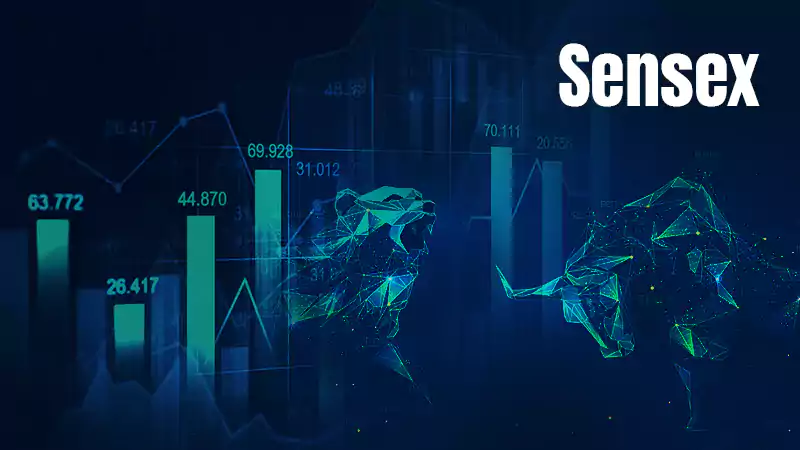When you turn on the news or even talk to acquaintances who routinely trade in equities, many of you hear the word “Sensex.” People often listen to statements like “the markets have fallen,” “Sensex was up 100 points yesterday,” and similar expressions. What do the terms market and Sensex signify, then?
What do Sensex Points Values Represent?
Here, you will clarify the complexities of the Sensex for novice investors and provide a clear explanation of how the Sensex is determined.
Sensex: What is It?
“Sensex” refers to the Stock Exchanges Sensitive Index for new investors. It represents the total value of the stocks held by 30 firms registered on the Stock Exchange of Bombay (BSE). Along with reflecting some of the biggest firms, these equities are the most frequently traded stocks. BSE may update this listing of 30 stocks in the future.
Investors like to purchase equities if the Sensex is believed to be rising since this indicates that now the economy is strengthening. On the other side, investors stay off if the Sensex is down because they aren’t confident in the country’s economic future. Market research analysts often monitor Sensex changes to comprehend trends in the nation’s share market, industrialization, and general growth.
How is the Sensex Calculated?
Earlier, the weighted markets cap approach was used to determine the Sensex. Nevertheless, the BSE Sensex valuation has been determined using the Free-Floating Market Capitalization technique from September 1, 2003. The following are the main procedures used to calculate it:
In the first phase of the free-floats market cap technique, the 30 firms that make up the index are chosen. The formula for this is as follows:
Market Capitalizations * FreeFloat Factors are the formula for FreeFloat Market Capitalization.
The market cap used in this computation represents the company’s market worth. The calculation is as follows:
- Market capitalization is calculated using the following formula: o Total number of shares offered by the firm
- The proportion of a company’s total shares, easily tradeable by the general public, is known as the free float factor. This also shows how many shares of a corporation there are overall. This element does not account for shares granted to promoters, the government, or other institutions that are not accessible for trade on the open market.
- The values of BSE Sensex are derived using the method below after ascertaining the free-float markets capitalization:
- The value of the Sensex is equal to the product of the market capitalization of the base and total free floats times the base period index score.
- The base year (period) utilized in this analysis is 1978–1979, and the base value is 100 indexing points.
Before investing in individual stocks via the Sensex share price, novice investors should investigate riskier investing options like mutual funds, index funds, etc. This is due to the latter’s need for a certain level of experience and stock market understanding. Nifty, short for “National Fifty,” is a collection of 50 carefully chosen equities from the nifty 50 companies.
